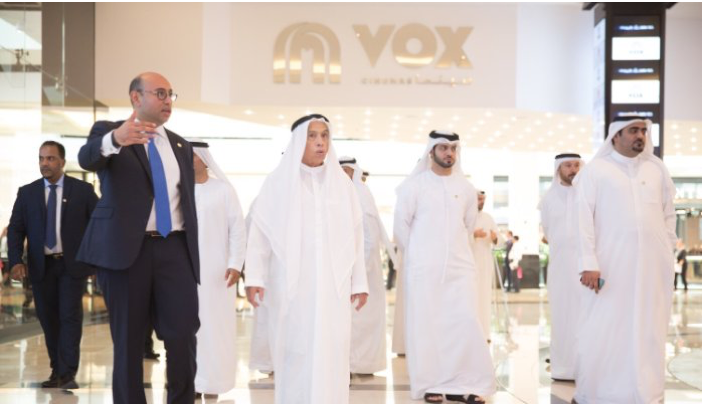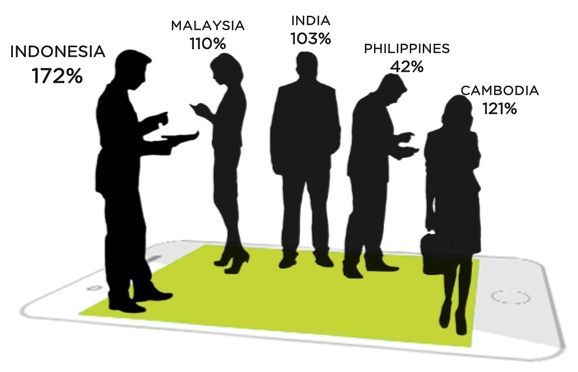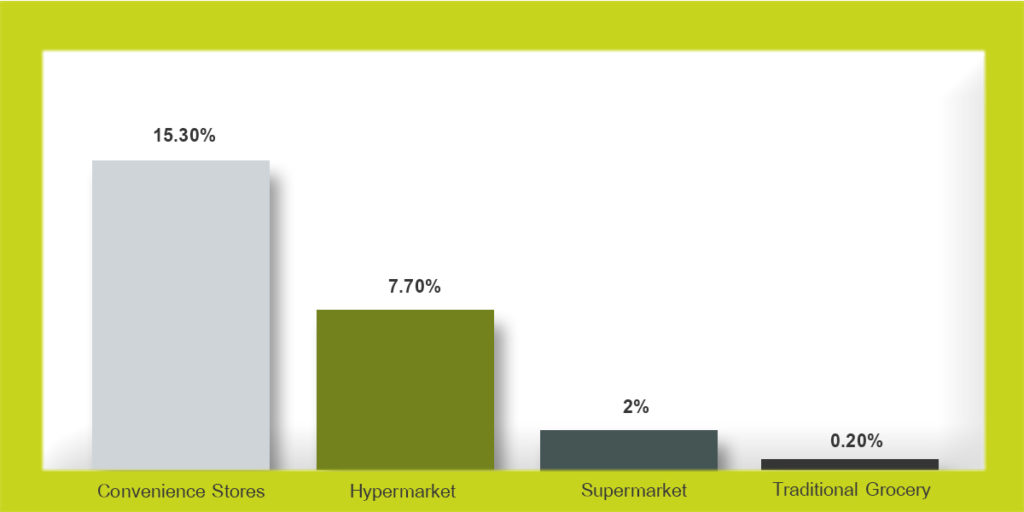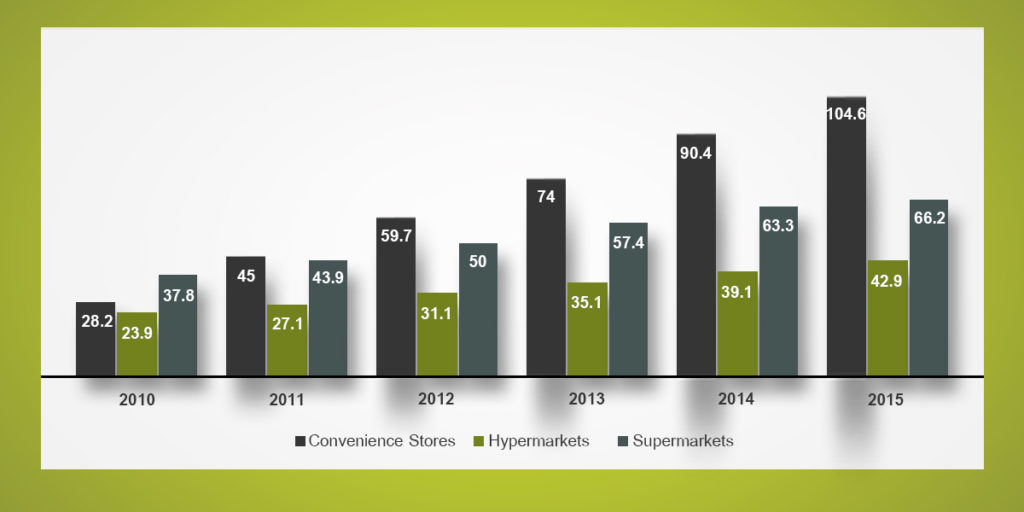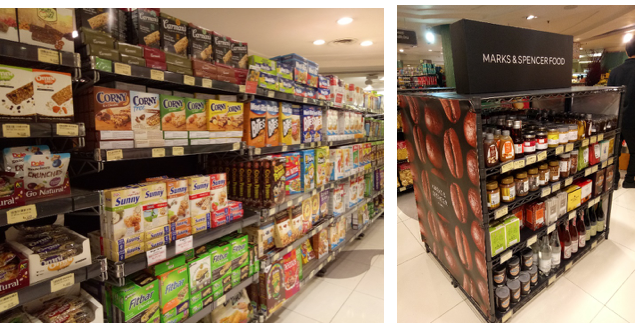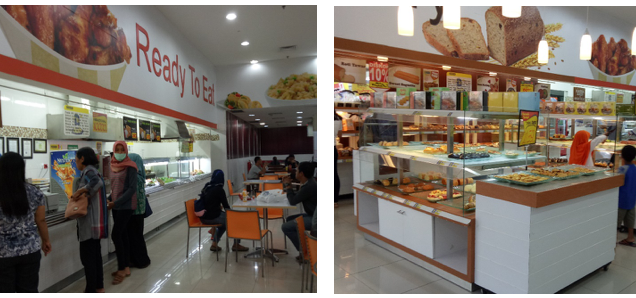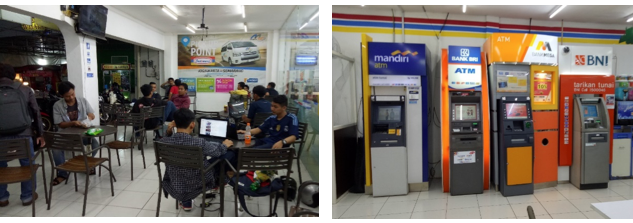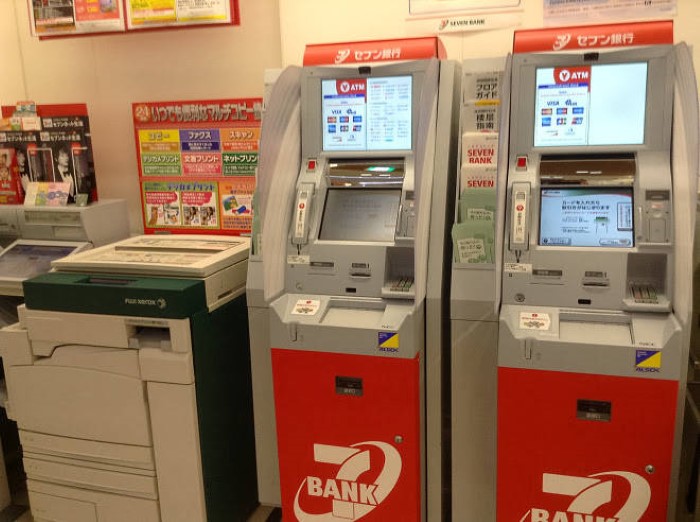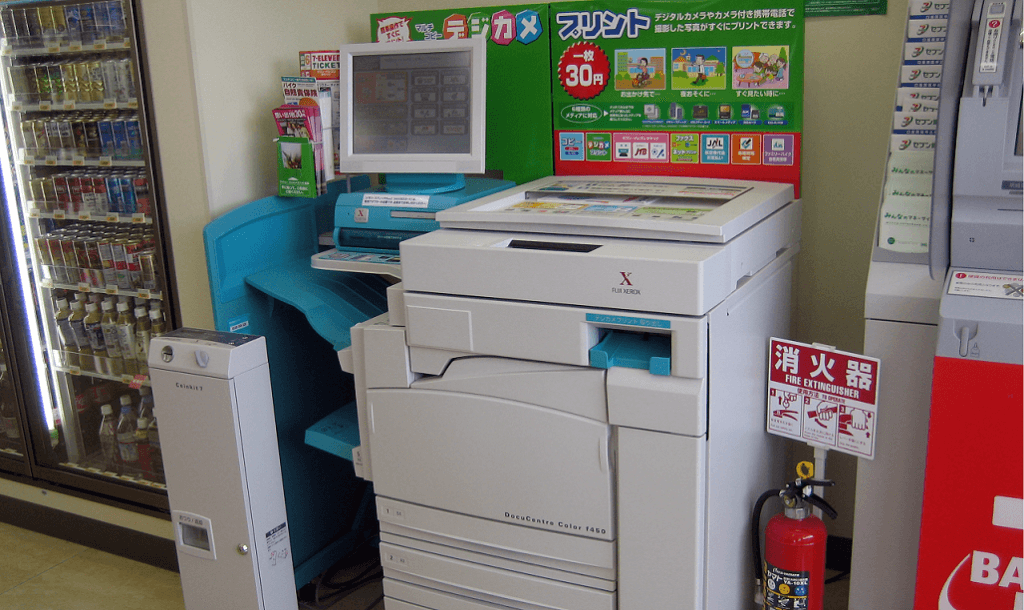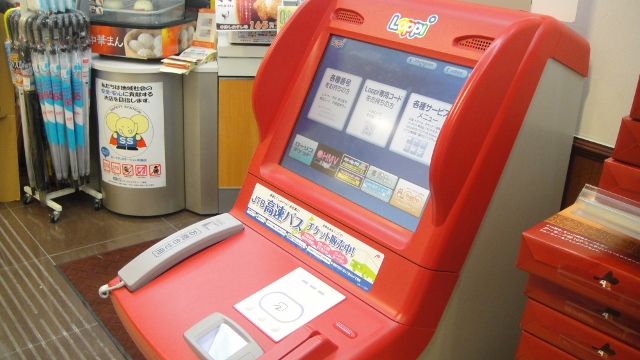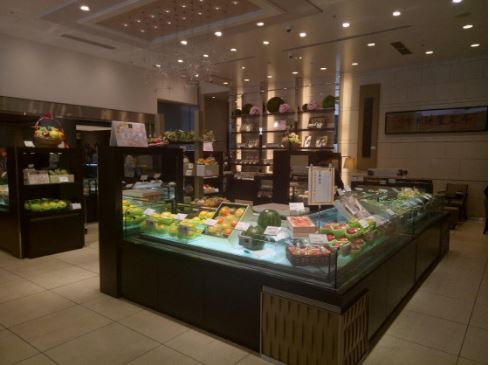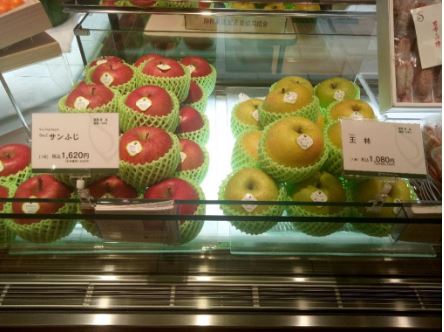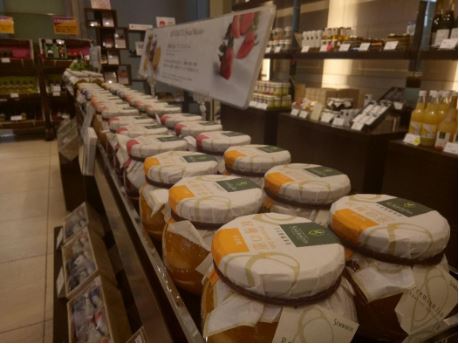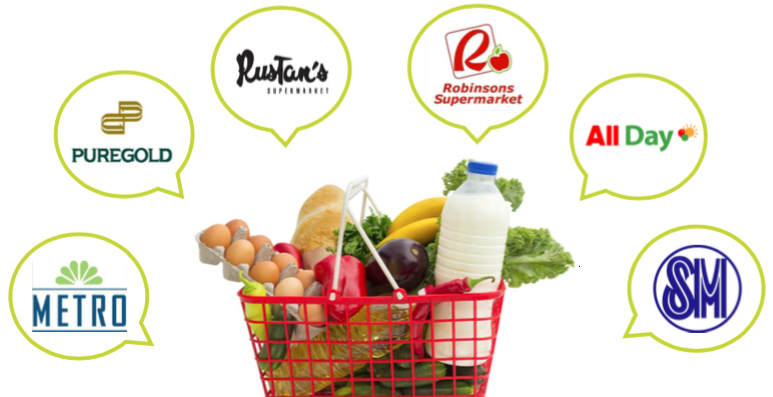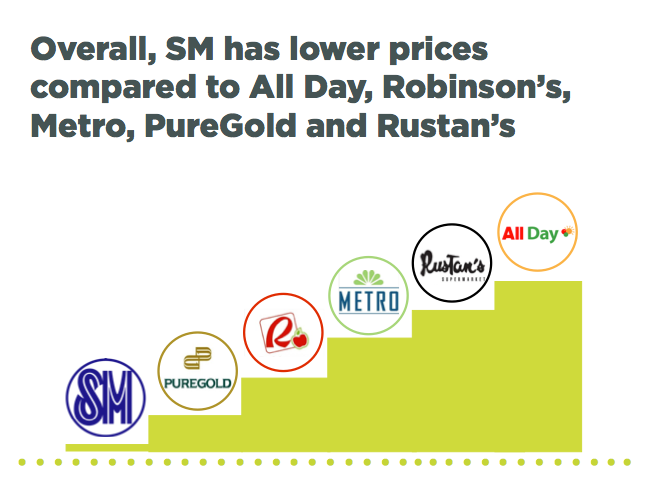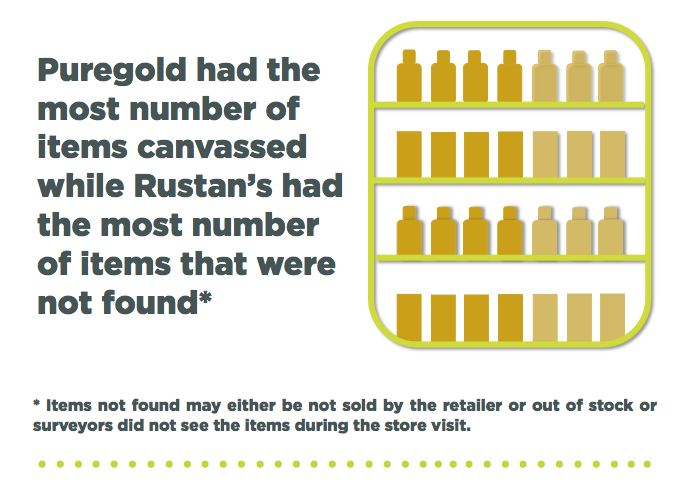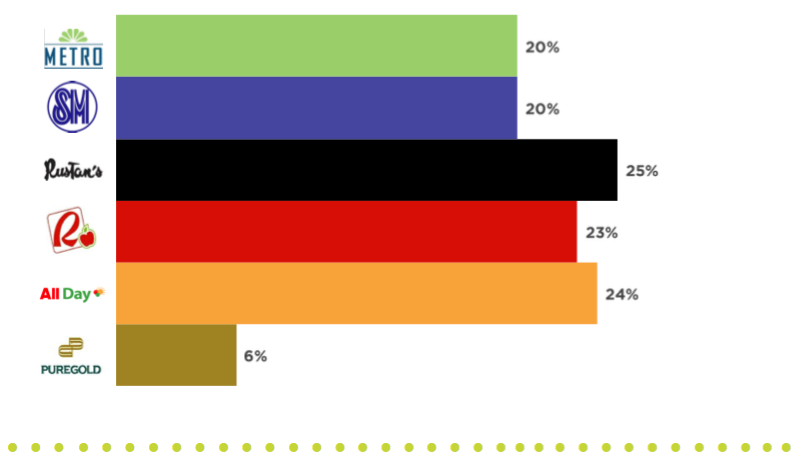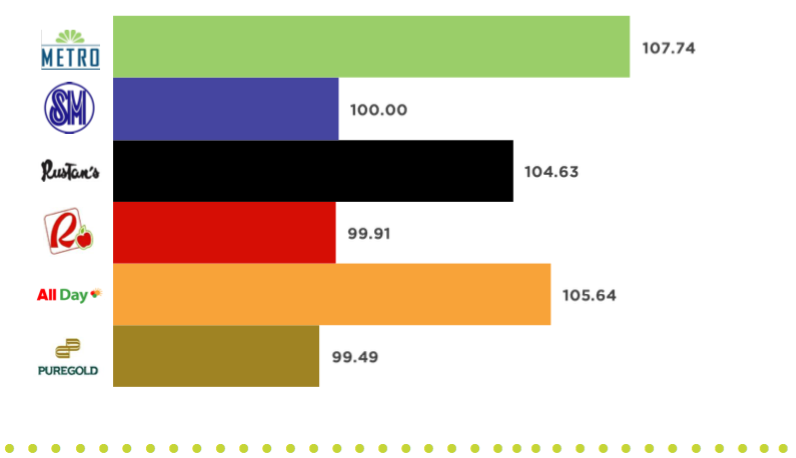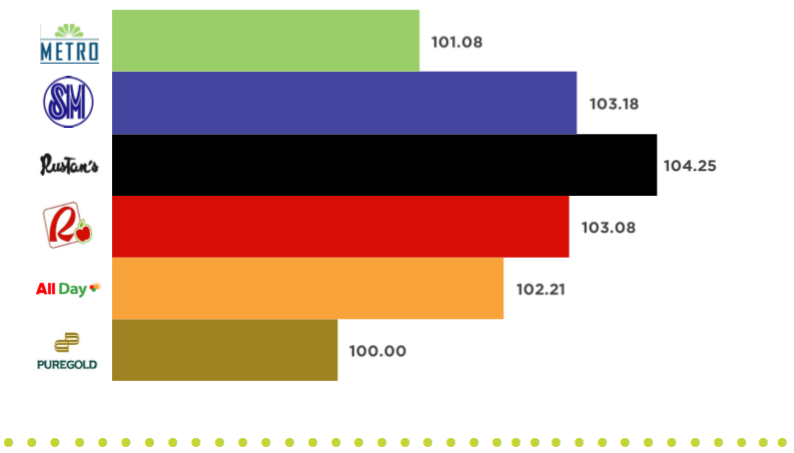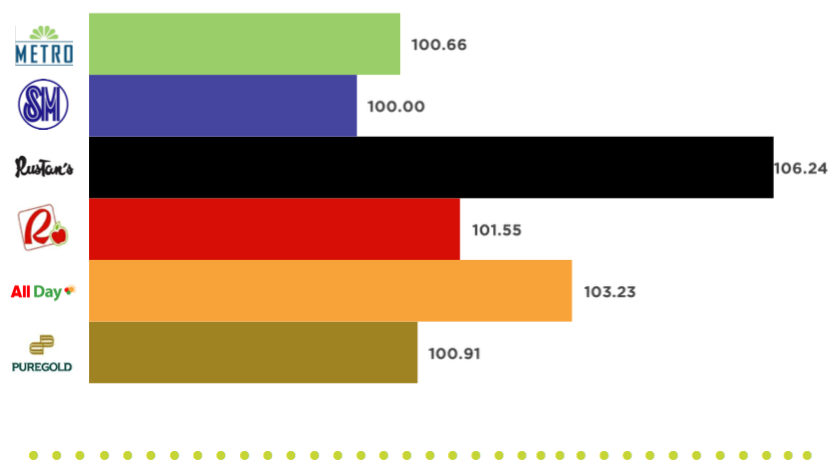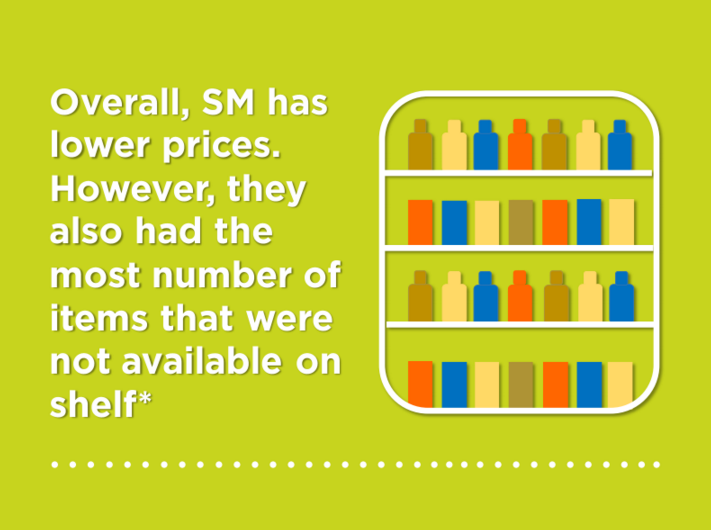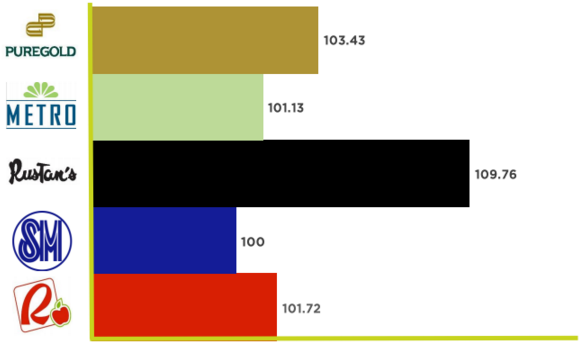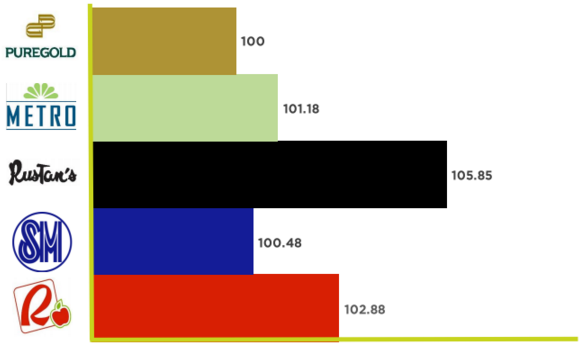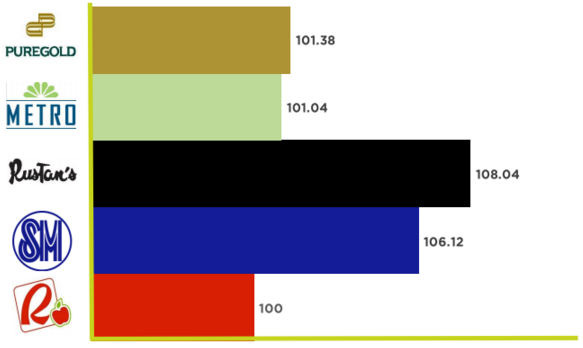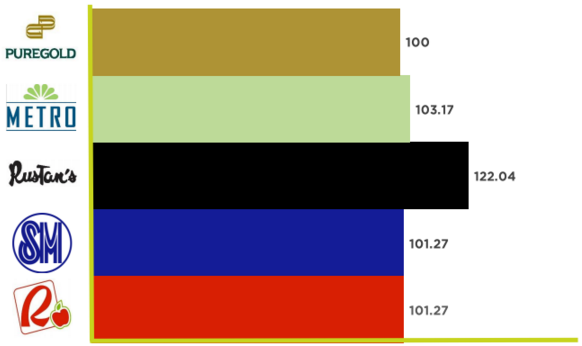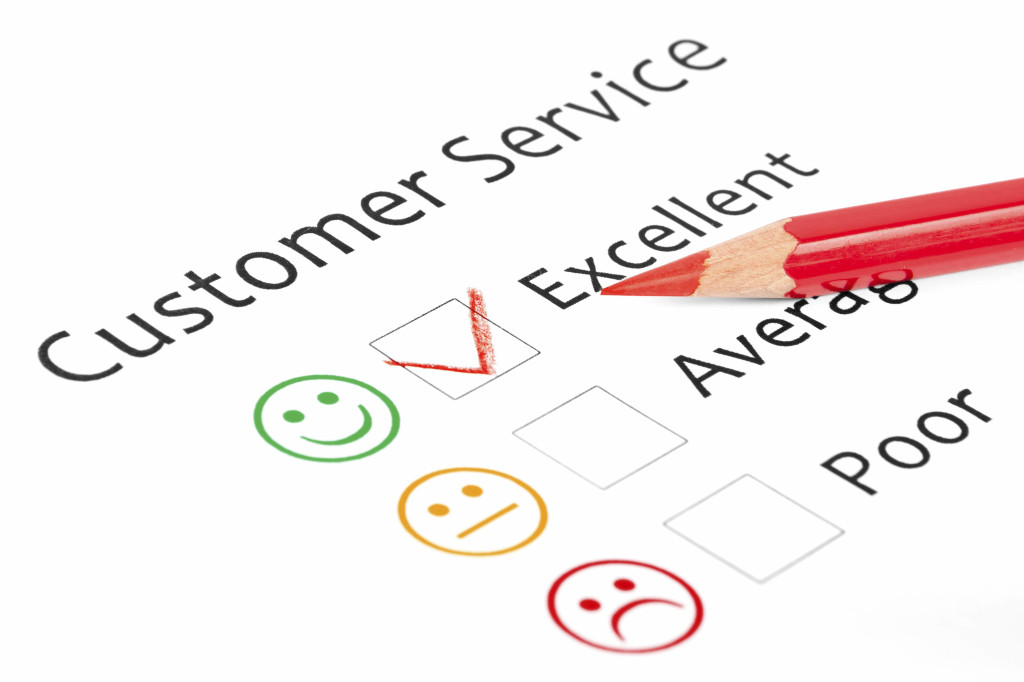Majid Al Futtaim is famously known in Middle East as a retail company giant. Yet for people well-conversed in the retail world, Majid Al Futtaim is a business magnate who knows how to seize opportunities that is hidden from plain eyesight for most people. He is someone who knows how to set his vision and can dauntlessly invest time, resources and effort to make that vision a reality even on the long run.
1994 witnessed the opening of the first MAF Mall with Continent, one of the leading French Hypermarket brands, a main anchor tenant.
The hypermarket was built inside what is famously known today as Deira City Center. As of today, DCC is surrounded by commercial and residential buildings – a stark contrast to how it was 23 years before when it is situated in the middle of nowhere. Majid All Futtaim, through his vision saw this as a good opportunity. After all, why build a business surrounding others when you can let others surround yours?
Just as many success stories, Majid Al Futtaim faced difficulties particularly at the onset of his retail business. But the visionary know that stopping is not an option when it gets difficult. To make up for a better planning and management of the business, Majid Al Futtaim hired retail experts from Europe, mainly from France to help the business grow. Being a wise risk-taker, Mr. Majid knew that the key to make his business grow is investing on people who have the expertise and experience to prepare his business for development and to harness its potential for growth at its fullest extent, using the best retail standards and practices not just in France, but from the whole world.
And just as expected, the business grew. In 1998, MAF retail launched its second hypermarket branch in Ajman to spread its influence and exposure.
Dominion over the region
Majid Al Futtaim continued the vision to hold dominion over the region. Several branches quickly opened up in UAE particularly in Al Ain, RAK, Abu Dhabi and Sharjah. By year 2000, Carrefour’s acquisition of Continent enabled the change in the name of hypermarket’s name and logo yet the quality of services was not altered and still operated with the same recipe for its success: strategic sites, large footprint, mid to large size malls and strong hypermarket concept as a foot traffic driver. Furthermore, the change of the brand to Carrefour only strengthened with the support of French Retail Leader.

The peak of MAF’s success could be seen upon the development of Mall of Emirates. Being the visionary that he is, he built the mall despite its isolation and opened it in 2005. The mall is notable for its architectural design, innovation, accessibility, tenant mix, hotel selection and large hypermarket. Mall of Emirates is manifestation of group expertise in planning, designing, managing projects and operating malls. It clearly reflects the demand for perfection by its owner, Majid Al Futtaim. Easily, Mall of Emirates can be compared to top malls around the world.
The hypermarket concept
The concept of “everything under the same roof” rapidly gained success. Year after year, it was improved and modernized while adding value to the product range. However, apparel department with basic items and poor development in novelty or fashion items remained its weakness. Similarly, Asian food product range used to be behind – a mistake considering that more than 50% of the population living in Dubai are Asians.
On a positive note, the management kept on modernizing the electronics and appliances department that hit the highest market share among Carrefour Stores worldwide. All thanks to the tax free environment in Dubai, which led to comparatively cheap prices attracting more visitors in the country. It is common to see people at the airport bringing home electronic gadgets that they had just purchased.

The management of the Fresh Department was also ameliorated step by step. The concepts such as bread and pastry, meat, and fruits and vegetables were improved to meet European standards.
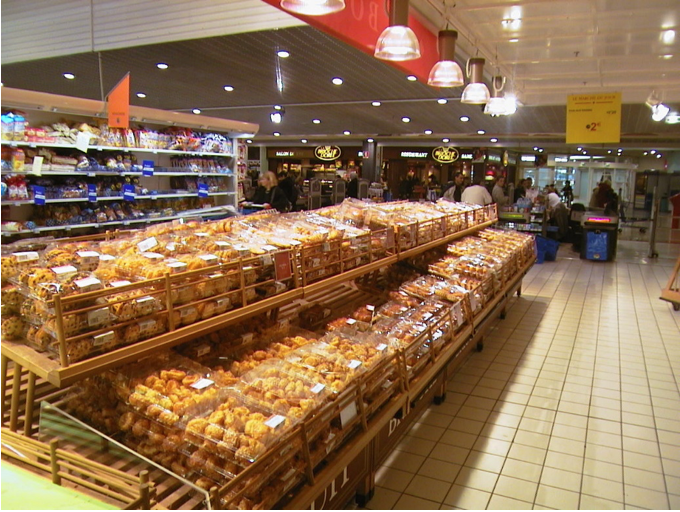
The overall concept went through changes year after year, CEO after CEO. Moving from a basic supermarket to a modernized version of the hypermarket. The discipline in managing the stores was also a contributing factor – from asset standards to cleanliness, hygiene standards and product availability.
A Competitive Environment
The competition surrounding MAF stores became progressively more aggressive each passing year. More retail brands opened, developed and benefitted from the positive economy of the region. Lulu, Carrefour’s main competitor, was able to develop faster with an arguably more flexible size and less complex concept than MAF Carrefour.
On the other hand, small and local cooperatives with scheme dedicated to national citizens and with comparatively cheap prices remain an alternative for the mass market.
Another brand, Spinneys, captures mainly the expats’ market with a more premium concept covering small and medium size supermarkets. Instead of fully competing with Carrefour, they went with a different concept, capitalizing on the superb management of fresh products as well as offering unique and exclusive imported product range. When it comes to the Asian products range however, Carrefour had also set its eyes to observe Choitram, particularly its supermarket concept.
Carrefour outside UAE
Though MAF Carrefour was proven to be a true success in UAE, Oman and Qatar, its development out of its comfort zone had been sometimes challenged for various reasons.
- Political Stability
MAF success and expansion in Egypt has been challenged by the political unrest happening in the country that time. Lately, the introduction of the VAT in the country played another negative factor role. However, the investment remained a smart move for the company. To the contrary, the unpredictable turn into a civil war in Syria ruined the Plans of MAF to develop in the country after the opening of the first store in Aleppo which also closed due to unrest in 2011. - Aggressive and Dominant competitionIt can be argued that Saudi Arabia has been one of the most difficult exercise for MAF as the country was already dominated by strong local players specifically the main retail chain in KSA: Panda. Panda’s outlets are scattered all over the country with a solid commercial concept demonstrated in their hypermarkets and supermarkets. Other local retailers are also driven by low cost approach which Carrefour had difficulties to answer considering their sales volume and standards to maintain.
The recipe for success
It has always been said that there is no definite secret to success. Different stories, different recipes. Yet for Majid Al Futtaim, it is a story of setting the right vision and taking risks to transform it into reality. He followed his exemplary intuition then transformed them to opportunities. More importantly, he placed his trust on the people he surrounded himself with. He knew that these experts in the retail field will not fail him and the business they worked so hard to achieve. His business is not simply made of investments, it is made by people and for the people.
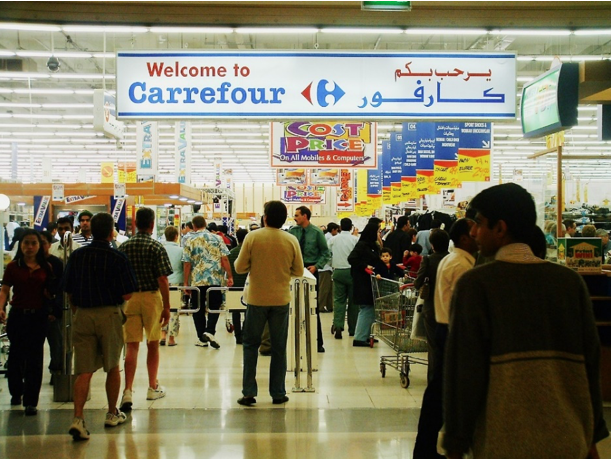
MAF’s group of advisers are always on the look for opportunities and propose strategic development. The relationship between Mr. Majid and his advisers can always be described as mutual friendship and protection. A solid partnership between parties that will not let each other down is one of the foundation of his business. However, knowing that change is constant, he doesn’t hesitate to change plans or people as the situation requires it. In this way, the company, despite being susceptible to change is always able to keep up and thrive.
Mr. Majid also knows that his company alone cannot be independent of government. He established a politically correct and good relation with Dubai Government, particularly with Sheik Maktoum. Sharing the same vision for development and success, MAF Retail had always been in close and cooperating ties with its “mother” government.
The Mall development and management expertise
MAF Malls are not only a reference in the gulf region, but also a model for the retail industry worldwide. The expertise in developing and managing medium to large size malls and the transition of mass market oriented malls to reasonably luxurious malls were established. Mall of Emirates had always been considered as a piece of art in the industry offering innovations in entertainment such as ski station among others.

The tenant mix in the mall was improved and the attractiveness of the malls was also proven. Because of this, regional and international brands lined up to be part of MAF Malls despite considerably higher price for rent. The selection of restaurants was also well sought, from quick food to fine dining experiences.
Again, experts from other countries contributed to the growing success of the Mall concept, offering competitive advantage to Carrefour Hypermarkets.
MAF Retail: From a centralized to a decentralized retail organization
From the opening of Continent in 1994 until early 2000’s, the head office structure was almost non-existent, limited to a CEO, a Vice President and CFO to ensure financial reporting. The management of the operations and the merchandise were totally delegated to the stores. But after 8 years of experience and maturity in the retail world, MAF Retail set a head office structure with a merchandising department.
Between 2003 and 2010, MAF Carrefour strengthened the corporate office and support to stores primarily due to the influence and help of a new CEO back then. With the expansion, an international head office was also created to ensure consistency in management across different countries, alignment in standards and correct setting of corporate governance principles.
Initially led by French Retail Experts from the support group to operations, the Profile of the managers progressively changed with a strong “Arabization” of the management which seemed to be a natural characteristic among Arab countries. Internal promotions were also prioritized to face the fast development pace.
As MAF Company evolved and grew in size, the corporate governance was put in place and control over MAF retail operations from the holding limited its autonomy, different from what the retail management enjoyed for several years. For the past decade, the management of the stores was totally strategized and controlled from the head office, leaving little space for individual initiatives. Thus, the influence of international experts is limited to core support functions of the head office as few remained to operations.
Partnership with Carrefour
In 2013, MAF Holding acquired the remaining 25% stake from French Retailer Carrefour Group for 530 million euros. From a joint venture, MAF Holding held the regional franchise for Carrefour – the world’s second biggest retailer after Walmart. Under the signed agreement, MAF will own 100% of the shares and the franchise will be extended until 2025.

MAF Today
MAF continues to do excellently in its home country, UAE. 2017 was another year of record, however, there are some fears on the impact of the VAT implementation in the country after years of enjoying tax-free privilege.
MAF also continues to thrive well outside UAE as it is now present in 15 countries operating a total of 90 hypermarkets and 120 supermarkets.
Among the countries it had reached, Iran seemed to be a very promising country as one of the two Carrefour stores is already challenging the food sales performance of MAF’s branch in MOE. Pakistan also displays a promising market. However, Eastern European countries seem to be in resistance to the company’s proven model as it remains challenging to MAF Retail.
MAF in the future
Mr. Majid is without any question the man who turned his vision into reality. The idea and process of developing medium to large malls with unique standards associated to a traffic generator such as Carrefour or Continent at the beginning was a very innovative strategy 20 years back in UAE and Gulf Region. It had not been an easy start and the risks are high, but the true visionary that he is, he decided to move forward. Fast forward to 25 years after his company was first founded in 1992, the success of Mr. Majid is nothing short of amazing.
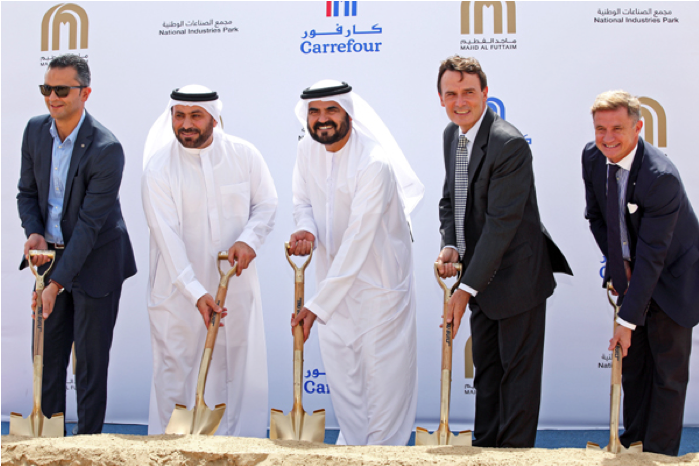
In managing his business, Mr. Majid was able to avoid the traps of changing category, from a small company to a large company, he made it a point that strict compliance with corporate governance principles will remain. Another reason for its success can be attributed to the establishment of a proper delegation of authorities. While most business owners would have difficulties to let go of their businesses and delegate authority to the management in place, Mr. Majid put his trust on his people and did not waste time doubting the people who also put their trust on him. Delegations with proper control level have been in place since the beginning to the point that even Mr. Majid and his advisors have limited interferences in the day to day business as he had always put his focus on prioritizing strategic development for longer term goals in order to safeguard his company from possible challenges that could affect it in the future.
From this point, it will be needless to say that MAF Retail’s future is already envisioned somewhere in Mr. Majid’s mind. His actions are always determined by his plans and he’s someone who can hardly be caught off-guard by any incident or circumstance that will be brought to the retail world – which is how retailers must always strive to be!
